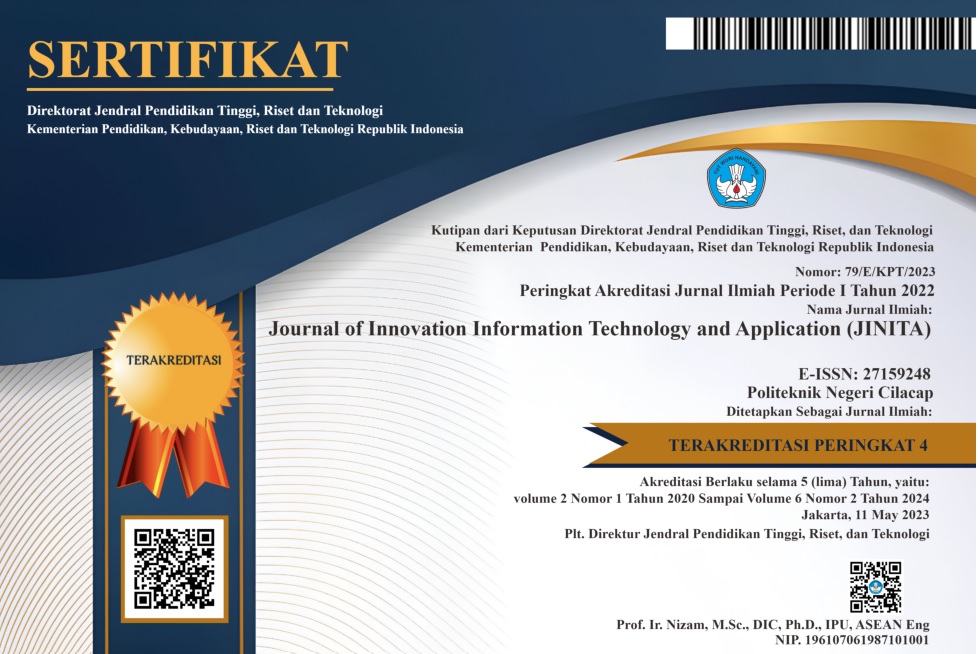Aplikasi Pencarian Surfing Spot Terdekat Di Bali menggunakan Formula Haversine Berbasis Web
 Abstract views: 153
,
Abstract views: 153
,
 PDF (Bahasa Indonesia) downloads: 132
PDF (Bahasa Indonesia) downloads: 132
Abstract
Indonesia is an archipelago and is one of the countries with the fourth longest coastline in the world. Surfing has become a very popular activity on some beaches with supportive waves. Bali is one of the tourist destinations that in addition to highlighting customs and culture, it also has abundant natural wealth as well as coastal tourism destinations that can be used as surfing spots. which is further away from where it is. This study aims to provide information about the location of the surfing spots and the nearest search support. The application uses the web-based Haversine formula to find the nearest surfing spot in Bali which can be used as a solution to display information and location of surfing spots. Researchers developed this information system using the waterfall method. Based on the results of questionnaire testing with 10 respondents, it is enough for 3%, both 31%, and very good at 66%, that this application can help and make it easier for tourists to find the nearest surfing spot.
Published
2022-09-21
Section
Articles
Copyright (c) 2021 Journal of Innovation Information Technology and Application (JINITA)

This work is licensed under a Creative Commons Attribution 4.0 International License.
Authors who publish with this journal agree to the following terms:
- Authors retain copyright and grant the journal right of first publication with the work simultaneously licensed under a Creative Commons Attribution License that allows others to share the work with an acknowledgement of the work's authorship and initial publication in this journal.
- Authors are able to enter into separate, additional contractual arrangements for the non-exclusive distribution of the journal's published version of the work (e.g., post it to an institutional repository or publish it in a book), with an acknowledgement of its initial publication in this journal.
- Authors are permitted and encouraged to post their work online (e.g., in institutional repositories or on their website) prior to and during the submission process, as it can lead to productive exchanges, as well as earlier and greater citation of published work (See The Effect of Open Access).
















